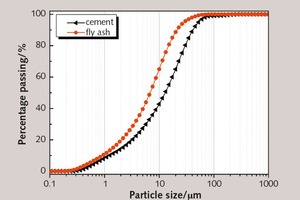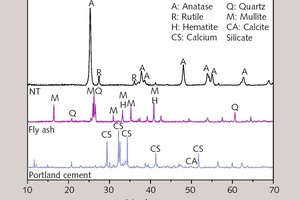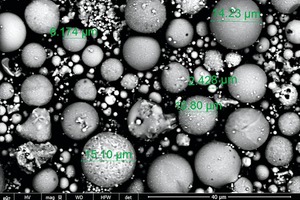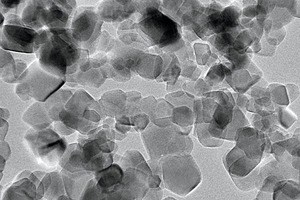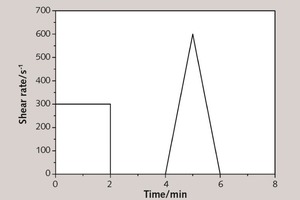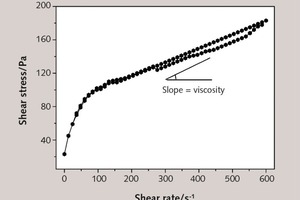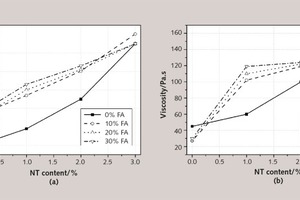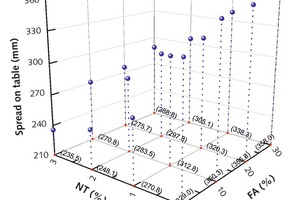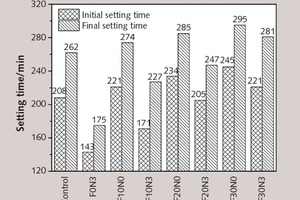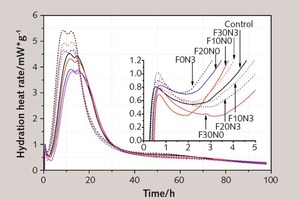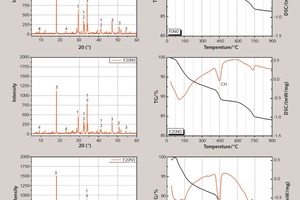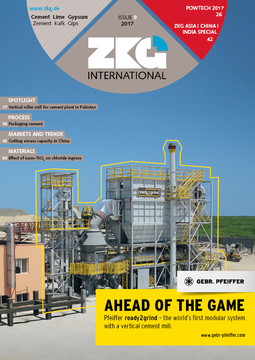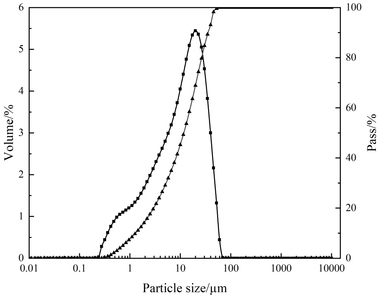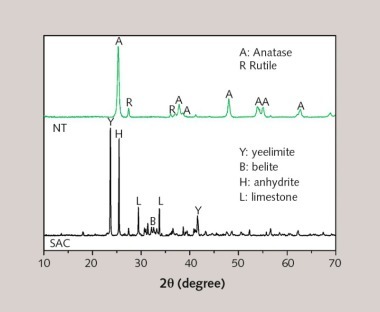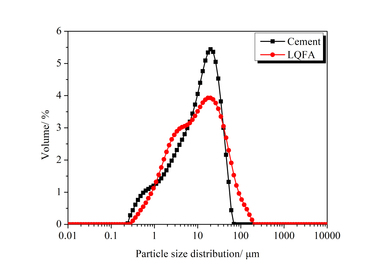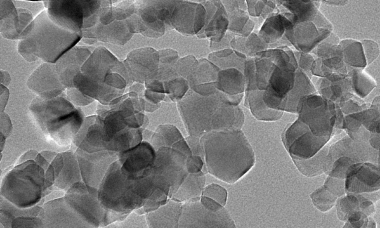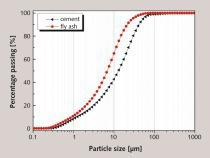Influence of nano-TiO2 on rheological and fresh properties of fly ash-cement systems
The influence of nano-TiO2 (NT) on the rheological parameters, fluidity, and setting time of a fly ash (FA)-cement system is studied and the influence mechanisms are investigated by hydration heat, X-ray diffraction (XRD) and differential scanning calorimetry-thermogravimetry (DSC-TG). Results show that the addition of NT with high special surface area increases the plastic viscosity and yield stress, decreases the fluidity and shortens the setting time of cement paste, and that the extent of variation is related to the content of FA. In addition, incorporating NT, which has a heterogeneous nucleation effect, promotes the hydration and hardening of cement and accelerates the formation and precipitation of calcium hydroxide (CH) at an early stage. FA substituting the same quantity of cement is unfavorable to the generation of CH. However, the perfectly spherical structure and micro-aggregate filling effect of FA improve the rheological behavior of fresh paste and restrain the setting and hardening of cement.
1 Introduction
As a kind of regulating supplementary cementing material, fly ash (FA) is widely used in cementitious composites, because it can improve the workability and durability of cement-based materials, make full use of industrial waste, effectively save resources and energy, and reduce environmental pollution, all of which conforms to the developing direction of green building materials [1, 2].
There are four main functions of FA used in cementitious composites. First of all, because FA particles are almost perfectly spherical, they can fill the clearance between aggregate particles and...

